
With a series of hikes, the Federal Reserve has raised interest rates to their highest level in 22 years to curb inflation. Whether they’re finished is a matter of debate. Federal officials say another rate hike is on the table. Most economists polled by Reuters last week said the Fed won’t raise rates again until the spring. But other experts say another hike could come next month. Although rising interest rates make borrowing more expensive, one group is enjoying the trend: Savers. Here’s how another rate hike could benefit your savings.
1
First: Is Another Rate Hike Likely?
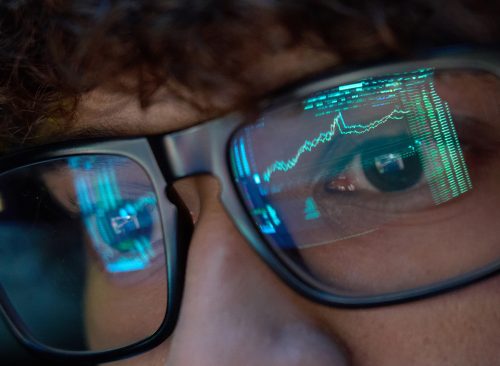
Eighty percent of 110 economists surveyed by Reuters said don’t hold your breath. But others disagree—this summer inflation fell to 3%, a two-year-low, but it’s still above what the Fed considers ideal for the economy.
2
More Than One Rate Boost on the Way?
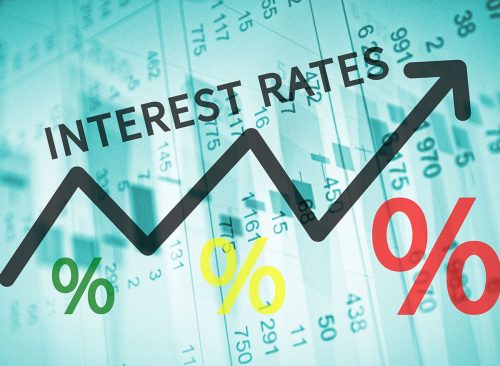
“I believe the Fed will raise rates again in September and will continue to do so until there is more realized pain in the economy and the markets,” Jim Crider, CFP, founder of Intentional Living FP, told CBS News. “With the U.S. stock markets in the black for the year, job numbers being adequate and inflation still not completely settled back to the Fed’s arbitrary 2% targeted rate, the Fed will stick with attempting to bring equilibrium through tightening until they find it absolutely necessary to reverse course.”
3
Hike Could Come in September Meeting—Maybe

“One of the primary reasons feds raise rates is to counteract inflation,” George Kao, CFP and founder of Reach One Teach One Financial, told CBS. “Given that the latest inflation numbers according to the CPI-U (Consumer Price Index Urban) is 3.2% (down from 9.1% from June 2022), one may believe the Fed is likely to slow the rate hike for the September meeting.”
4
Another Hike Would Boost Interest Rates Even Further
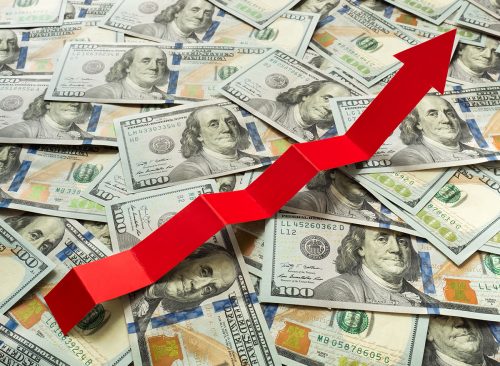
Savings account rates are set based on the federal funds rate, which is currently 5.25% to 5.50%. If the Fed raises rates in September, the interest on your savings will rise too. But not every bank pays the same amount in interest. Read on for the account you should look for to earn the most.
5
High-Yield Savings Accounts Pay a Premium
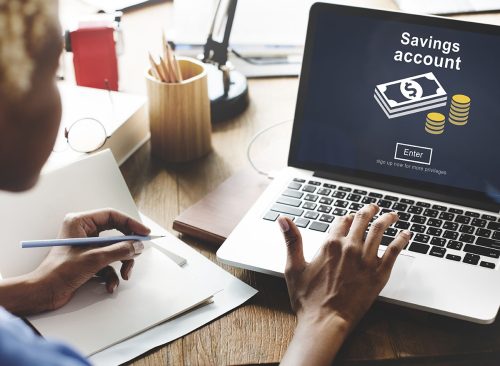
To earn the most on your savings, put your money in a high-yield savings account. “High-yield savings accounts are typically paying much higher rates than most standard bank savings accounts,” Mike Hunsberger, ChFC, CFP, CCFC, owner of Next Mission Financial Planning, told CBS. “There are currently numerous high-yield savings accounts paying more than 4% in interest. Many bank savings accounts are paying less than 1% in interest. Regular savings accounts aren’t even keeping up with inflation that is still over 4% year over year.”
6
How Much Can You Earn?
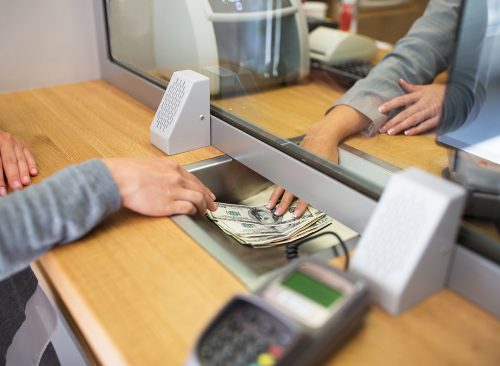
Bankrate.com reports that a high-yield savings account at CIT Bank pays an APY of 5.05% as of Aug. 21. Popular Bank offers 5.15%, and SoFi offers 4.5%. But if you have a standard savings account at Chase or Bank of America, you’re earning a measly 0.01% APY. Basically, if you don’t have a high-yield savings account, you’re passing up free money.
7
CD Rates Also Affected

Certificates of deposit (CDs) are also affected by the federal funds rate. The benefit of CDs is that they offer a stable amount of interest over a pre-set term (up to 60 months), while savings account rates rise and fall whenever the Fed changes interest rates. The catch is that you can’t withdraw the money until the CD term has ended (otherwise, you’ll face a penalty that can wipe out all your gains). If CDs are attractive to you, what should you do? Read on for what experts say.
8
Current CD Rates Vary Wildly

According to Bankrate, the current average one-year CD yield is 1.63% APY, while a 3-year CD yield is 1.3% APY and a 5-year CD will bring you 1.37% APY in interest. But as with savings accounts, some banks offer high-yield CDs. For example, Marcus currently offers 5.05% APY on a 10-month CD with a minimum deposit of $500. But with future rate hikes uncertain, should you lock in a high rate now, or will that cause you to miss out on even higher interest down the road?
9
Interest Rates Likely Lower Next Year
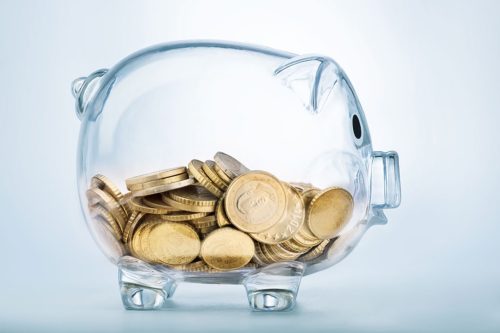
If you have money you won’t need in the next six to 12 months, a short-term CD could be a good option to secure a high interest rate. “Our best guess is that by this time next year, short-term interest rates will be lower than they are now,” certified financial planner Bruce Primeau told MarketWatch last weekend. “Understand that when that CD matures, the rate they may be offered to renew it could be materially lower than what the current rates look like.”
RELATED: 30 Area Codes to Watch for in Latest Phone Scam
10
When Is a CD a Good Option?
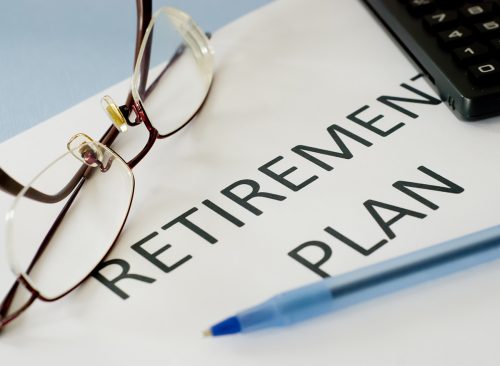
“CDs can be used for a chunk of cash you’ve already saved and have a date in mind for when it will be needed, like a down payment, tuition, car purchase or the first few years of retirement. Once you buy a CD, you can’t add more money to that CD, so additional savings would need to be directed to a new CD and [by that time] rates may have dropped or risen. The best rates right now are on terms of less than a year, so be prepared to make another decision when the CD matures,” certified financial planner Cristina Guglielmetti told MarketWatch. For your financial safety, experts recommend that you not keep all your savings in CDs—if you have an emergency and need cash, you need to be able to put hands on it without paying withdrawal penalties. It’s a good idea to keep your emergency fund in a high-yield savings account, and you may want to explore keeping long-term savings in CDs using a technique called “CD laddering”—dividing your money among CDs with differing maturity dates. Check out the best CD rates here.














